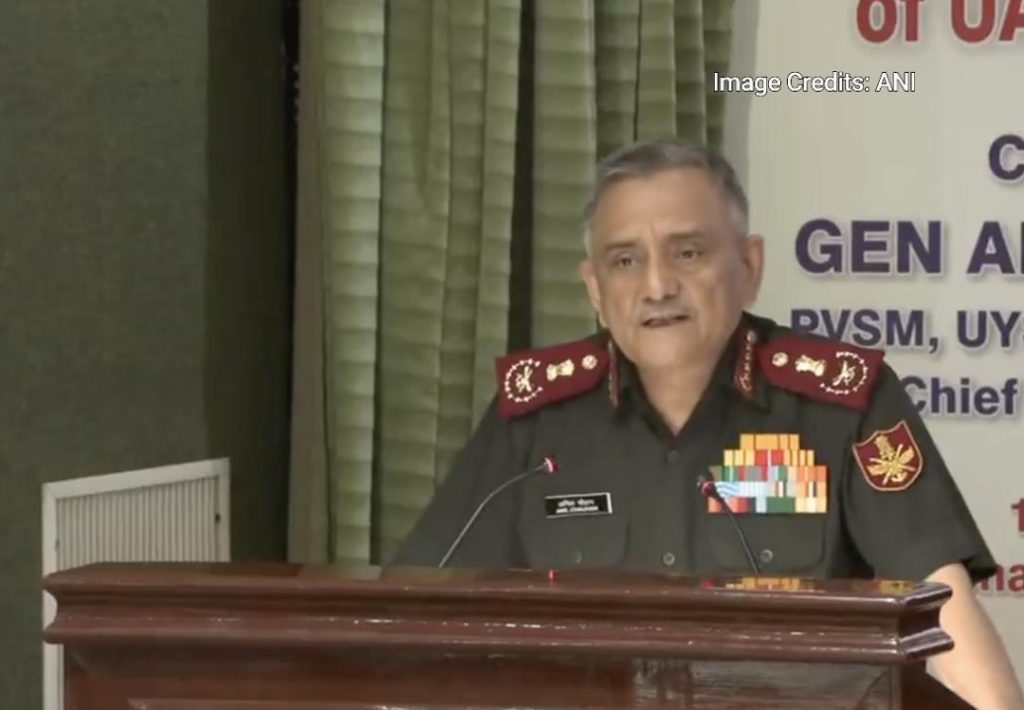
Pak used unarmed drones & loitering munitions: CDS Anil Chauhan
In a recent statement, Chief of Defence Staff (CDS) General Anil Chauhan revealed that Pakistan had employed unarmed drones and loitering munitions during the conflict in May. According to General Chauhan, these unmanned aerial vehicles (UAVs) and loitering munitions did not inflict any damage to the Indian military or civilian infrastructure. However, the majority of them were neutralized through a combination of kinetic and non-kinetic means.
In an interview, General Chauhan provided further details about the Pakistani drones and loitering munitions, stating that some of them were even recovered in almost intact conditions. This revelation has raised questions about the capabilities and intentions of Pakistan’s military, particularly in light of the ongoing tensions between the two nations.
Background of the Conflict
The conflict in May between India and Pakistan was sparked by a series of incidents, including the beheading of an Indian soldier and the killing of several Indian civilians. The tensions escalated rapidly, with both sides exchanging artillery fire and engaging in aerial dogfights. The conflict eventually subsided, but not before it had claimed the lives of several soldiers and civilians on both sides.
Pakistan’s Use of Unarmed Drones and Loitering Munitions
According to General Chauhan, Pakistan’s military employed unarmed drones and loitering munitions during the conflict. These UAVs and loitering munitions are designed to gather intelligence, conduct surveillance, and provide fire support to ground troops. However, in the case of Pakistan, they were used in a more limited capacity, primarily for reconnaissance and surveillance purposes.
General Chauhan’s statement has raised several questions about the effectiveness of Pakistan’s military strategy. If the drones and loitering munitions were unarmed, then what was their purpose? Were they intended to intimidate Indian forces, or were they used to gather intelligence on Indian troop movements?
Moreover, General Chauhan’s statement has also raised questions about the capabilities of Pakistan’s military. If the drones and loitering munitions were not capable of inflicting significant damage, then what does this say about the overall strength and effectiveness of Pakistan’s military?
Neutralization of Drones and Loitering Munitions
According to General Chauhan, the majority of Pakistan’s drones and loitering munitions were neutralized through kinetic and non-kinetic means. Kinetic means refer to the use of physical force, such as shooting down the drones or destroying them through artillery fire. Non-kinetic means, on the other hand, refer to the use of electronic warfare or other non-lethal methods to disable the drones or disrupt their communication systems.
General Chauhan’s statement has raised questions about the effectiveness of India’s military strategy. If the drones and loitering munitions were neutralized through kinetic and non-kinetic means, then what does this say about the overall effectiveness of India’s military response?
Recovery of Drones and Loitering Munitions
According to General Chauhan, some of the drones and loitering munitions were recovered in almost intact conditions. This has raised questions about the extent to which Pakistan’s military was able to recover its lost drones and loitering munitions. If some of them were recovered in almost intact conditions, then what does this say about the effectiveness of India’s military response?
Implications of Pakistan’s Use of Unarmed Drones and Loitering Munitions
The use of unarmed drones and loitering munitions by Pakistan’s military has several implications for the ongoing conflict between India and Pakistan. Firstly, it suggests that Pakistan’s military is focusing on gathering intelligence and conducting surveillance rather than engaging in direct combat with Indian forces.
Secondly, it suggests that Pakistan’s military is not confident in its ability to inflict significant damage on Indian forces, and is therefore using unconventional methods to try and gain an advantage.
Finally, it suggests that Pakistan’s military is willing to use unconventional methods to try and intimidate Indian forces, and is prepared to do so even if it means risking the lives of its own soldiers.
Conclusion
In conclusion, Pakistan’s use of unarmed drones and loitering munitions during the conflict in May has raised several questions about the capabilities and intentions of Pakistan’s military. While General Chauhan’s statement has provided some insight into the effectiveness of India’s military response, it has also raised questions about the overall effectiveness of India’s military strategy.
Ultimately, the use of unarmed drones and loitering munitions by Pakistan’s military is a sign of the evolving nature of modern warfare. As technology continues to advance, it is likely that we will see more and more unconventional methods being used on the battlefield.






